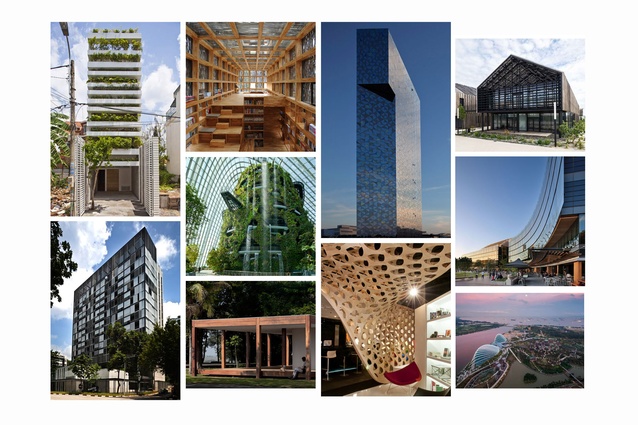WAF day one, awards report
Some notes on the awards handed out on day one of the World Architecture Festival 2012, underway in Singapore.

The judges at the World Architecture Festival, currently underway in Singapore, have commended New Zealand practice Patterson and Associates for its work on Geyser, in Parnell, describing it as a “senstive contextual office development”. The overall winner in the office category was an architecture practice who has undertaken two major projects in this country, the Auckland University Business School and the Auckland Art Gallery – FJMT.
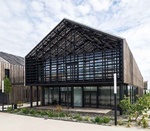
FJMT won the office category for its Darling Quarter project, praised by the judges for its exciting form and massing and the creation of a landscape that is accessible to the public. They were also impressed by its environmental credentials, scoring 6 stars (the highest possible) in Australia’s Green Star ratings and by its “exemplary corporate social responsibility”. And they also liked the interactive lighting that was available for use by the public.
Other winners from day one include a Golf clubhouse in Brazil, by Isay Weinfeld, which took out the sports category. The Fazenda Boa Vista is a 750-hectare residential and hospitality complex located in Porto Feliz, 100 km away from the city of São Paulo, in Brazil. The judges commended its simple elegance which they said reinvestigated the clubhouse typology. It was, they said, “one of three projects on the estate flawlessly executed on a large masterplan”.
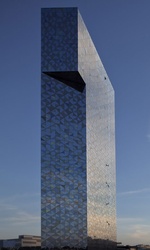
The civic and community prize went to Salorge town community building in Pornic, France. The architect, ARCAU, had transformed the brief “by a beautifully simple brief without forcing an agenda,” said the judges. The building, they said, “is unique to its context due to respecting a local archetype,’ and praised the architect for ‘making something out of nothing, for a discrete solution for sustainability and for dealing with a low budget.”
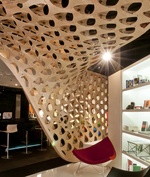
A Swedish project, Victoria Tower in Kista, won the hotel category. The judges praised the high level of ambiition which resulted in a solution that succeeded in urban terms and was also carried through to the guest experience. It was, they said, “refreshingly original in a genre where corporate hospitality interiors predominate”.
A Singapore block by Kerry Hill Architects took out the housing category. The judges said that it had been planned in a way that grew from the location and climatic concerns in a disciplined, simple and logical way. “The materials and details are simple and refined and seamlessly integrated everywhere,” they said. They also found that “the architecture of the building has a remarkable clarity and is able to react to the changing nature of the day and night. It will contribute to Singapore’s architectural heritage.”
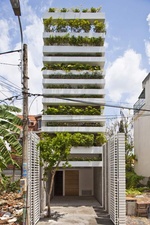
The Xtira-Herman Miller shop in shop, in Singapore, took out the retail category. P.A.C was the architecture firm on the project. The Liyuan Library, China, by Beijing firm Li Xiaodong Atelier, was winner in the culture category. Judges praised the “simple inventive work” which was, “deliberately respectful of nature” and which works very well for its community. The judges also said it was “very beautfiul and properly sustainable” as well as very sensitive.
Finally, a tall thin house on a narrow plot in Vietnam has won the house ward. Judges described it as “a holistic piece of architecture with great clarity of vision and strength and memorable iconography”. They added that it “is a simple yet elegant solution to a common problem in developing cities and offers an easily repeatable typology. It deals elelgantly with issues of security, privacy, climate and light in a poetic yet economical way.” The judges also highly commended House V4 in São Paulo, Brazil by Studio MK27 as “flawless: lush, widescreen architecture at its best.”

